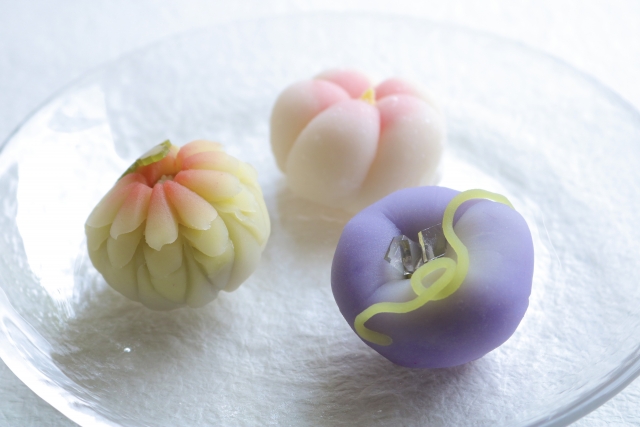
Characteristics of Wagashi
Wagashi is known for its generous use of sugar and syrup while preserving the natural flavors of the ingredients. Traditional elements such as red beans, matcha, and rice flour contribute to its delicate taste and visually appealing presentation. Wagashi comes in a variety of textures, from chewy to crumbly. Many wagashi designs reflect the changing seasons, making seasonal aesthetics an essential part of their charm.
Main Types of Wagashi
Nama-gashi (Fresh Sweets) – High in moisture, soft texture.

Smooth, colorful sweets made from white bean paste.
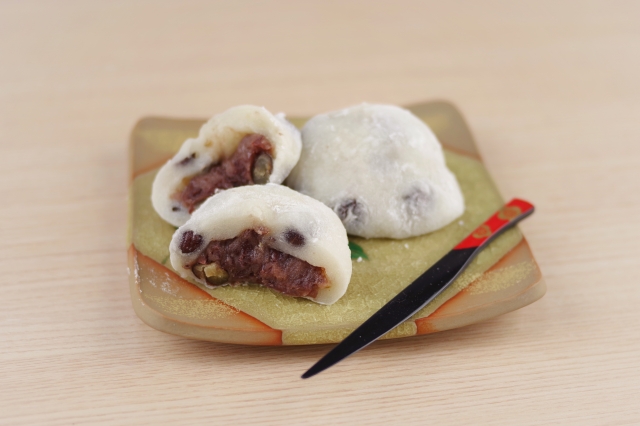
Mochi rice cake filled with sweet red bean paste.
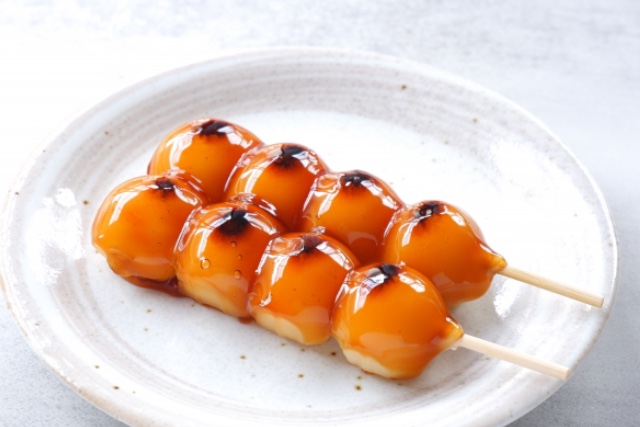
Skewered rice dumplings coated in sweet soy sauce glaze.
Hannama-gashi (Semi-dry Sweets) – Moderate moisture content, longer shelf life.
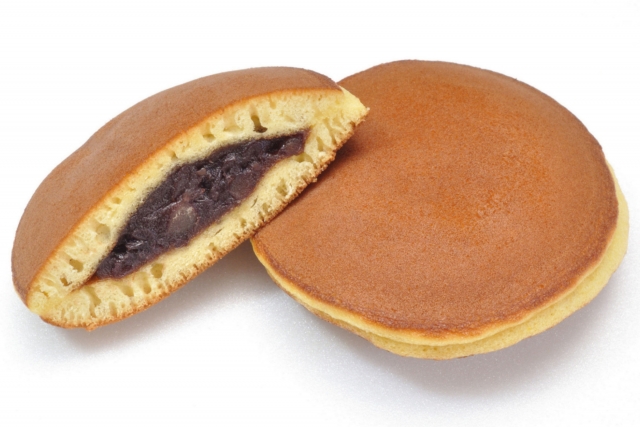
Fluffy pancakes filled with sweet red bean paste.
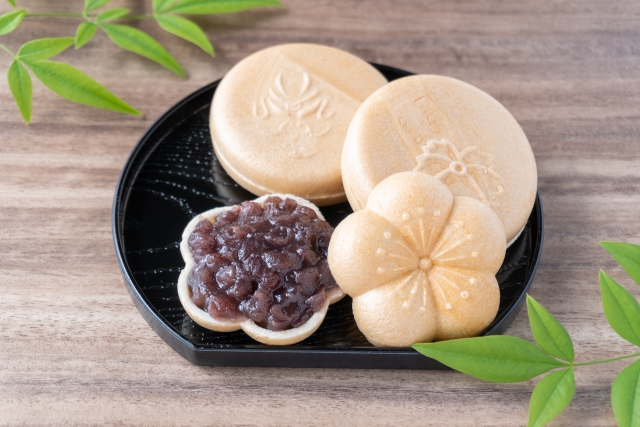
Crispy wafers filled with sweet bean paste.
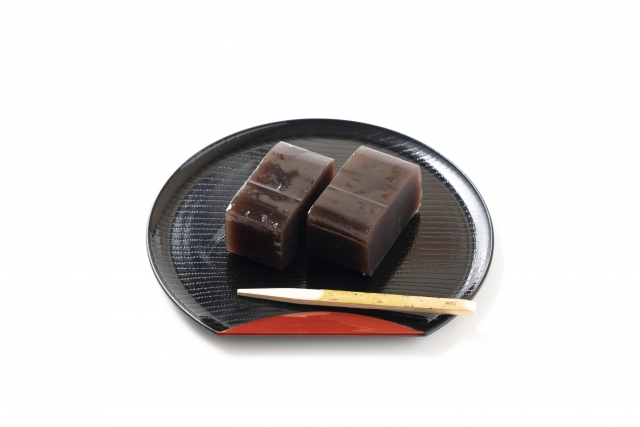
A firm, sweet jelly made from red bean paste, sugar, and agar.
Higashi (Dry Sweets) – Low in moisture, firm and dry texture.
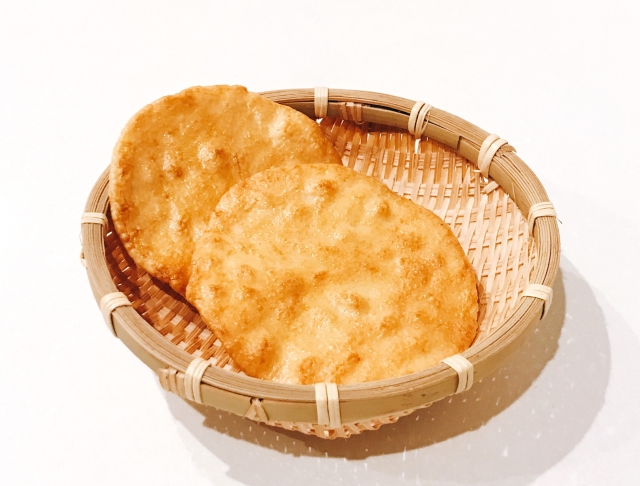
Crunchy rice crackers, often flavored with soy sauce or sugar.
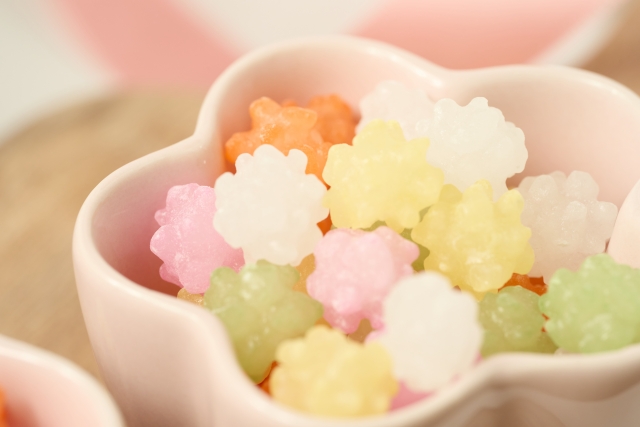
Tiny, crystallized sugar candies.
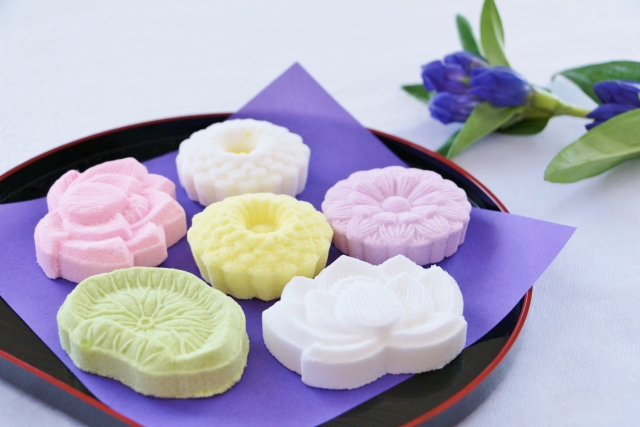
Pressed sweets made from rice flour and suga
History of Wagashi
Wagashi dates back to the Asuka period (6th–8th century), but its modern form developed during the Edo period (1603–1868) alongside the rise of the tea ceremony. Kyoto and Kanazawa are particularly known for their refined wagashi culture.
Nutritional Value & Health Considerations
Wagashi is relatively low in fat and often made with nutritious ingredients like red beans, which contain fiber and antioxidants. However, they can be high in sugar, so moderation is key.
Cultural Significance of Wagashi
Wagashi is closely linked to seasonal celebrations, tea ceremonies, and gift-giving traditions in Japan. Each region has its own signature wagashi, making them an essential part of Japanese culinary heritage.

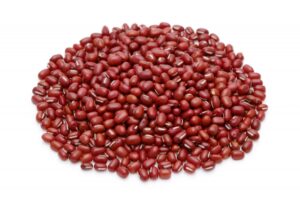
Comments